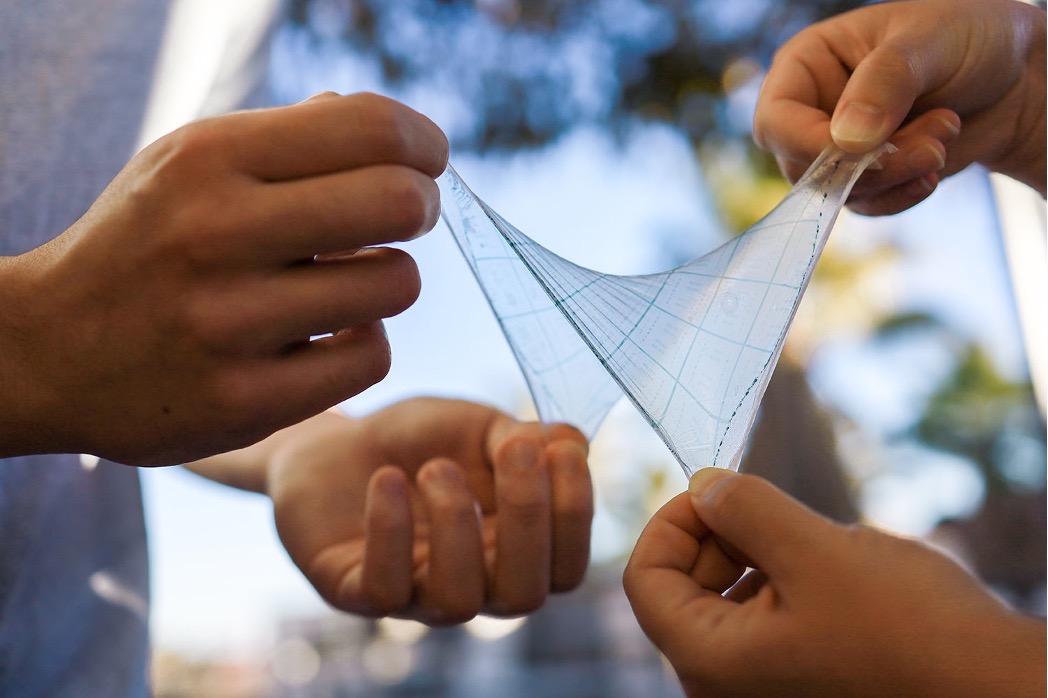Summary
A Stanford University research team, led by Professor Zhenan Bao, has developed a novel strategy for creating flexible, stretchable, and durable skin-inspired electronics using a molecular design approach. The team introduced the covalently-embedded in-situ rubber matrix (iRUM) strategy, which enables high-performance field-effect transistors (FETs) with stretchable polymer semiconductors and dielectrics. This innovation ensures that the electronics maintain their charge-carrier mobility, elasticity, and solvent resistance, even under significant strain (over 50%) and repeated stretching. The iRUM strategy is a breakthrough in creating stretchable circuits for wearable electronics, addressing key challenges faced by previous approaches. The technology’s versatility allows for efficient, scalable fabrication, offering promising applications in real-world, wearable electronics.
